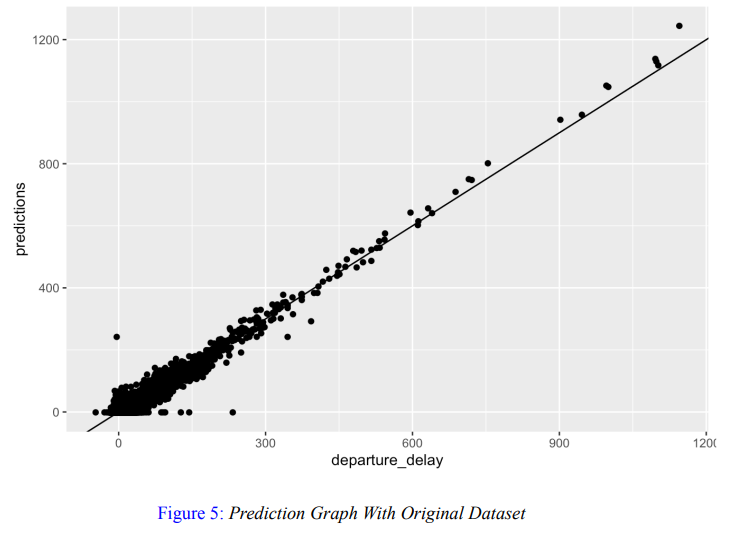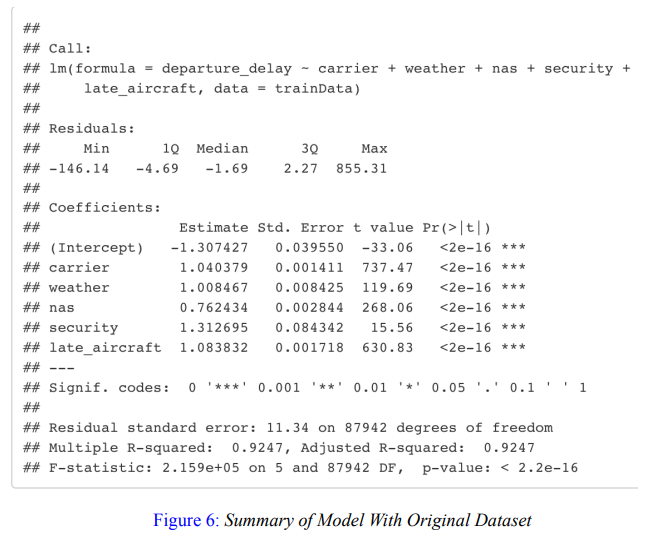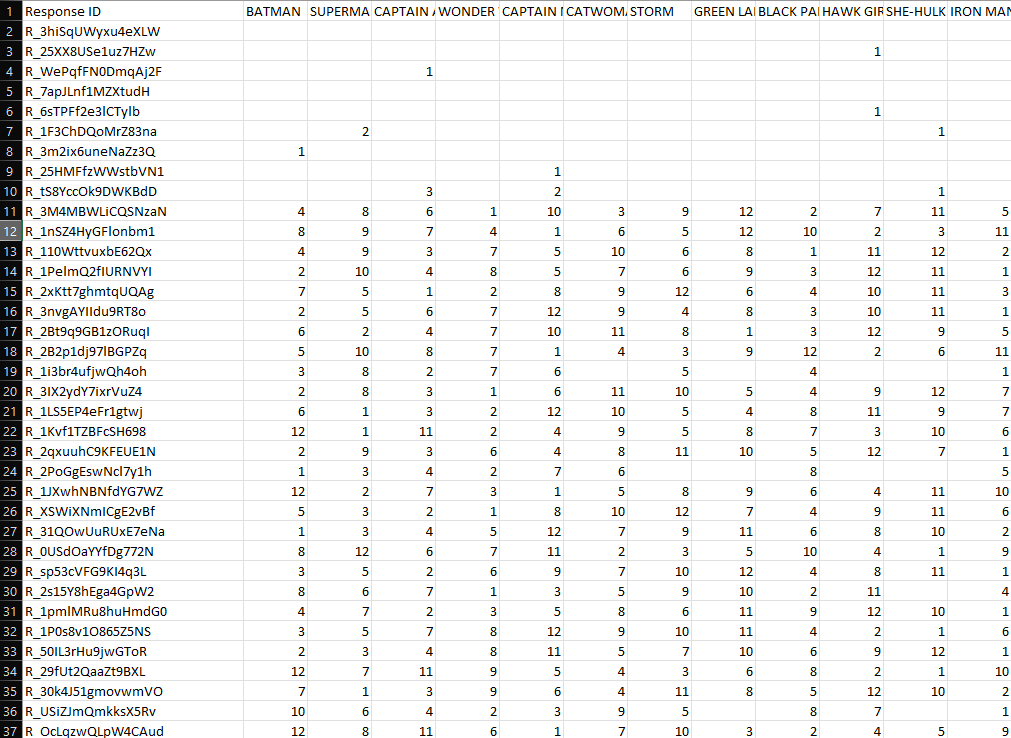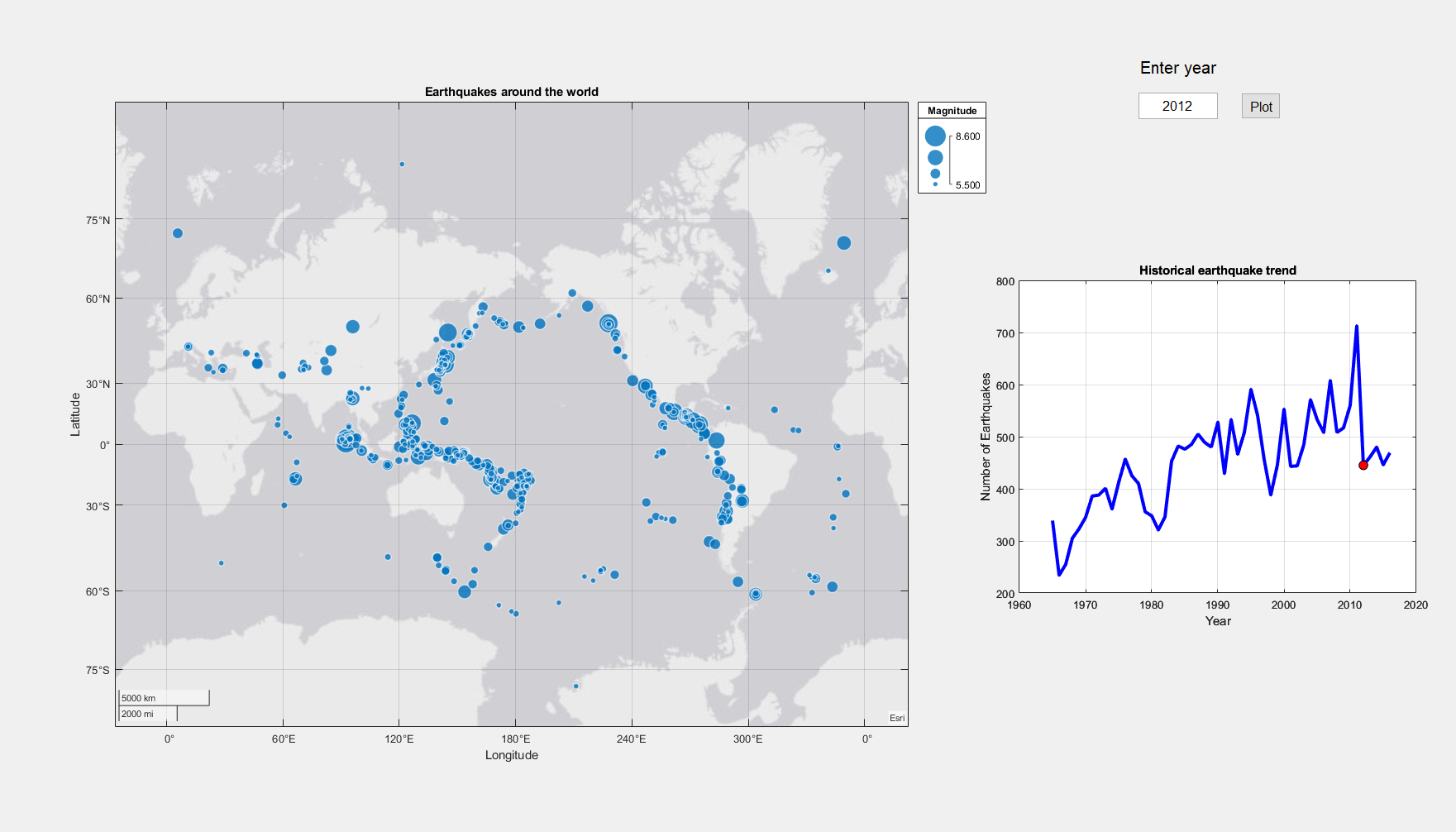Shaun Tran

Bachelors in Applied Mathematics, Emphasis on Computational & Data Sciences | Aspiring Data Scientist
Shaun Tran - Projects Portfolio
Background
As a passionate data scientist, my portfolio displays my expertise in utilizing sophisticated analytical methods on intricate data sets. My projects, ranging from predictive modeling to data visualization, exhibit my proficiency in employing data to tackle real-world challenges.
Index
Project 1: Predicting and Analyzing Causes of Delay for Flight Departures
Paired with a growing population is a demand for travel. In my study, I closely examined airline departure times by comparing their scheduled and actual departure times. I considered a delay to be any difference of 15 minutes or more and recorded the cause of the delay. To ensure a fair assessment of each airline’s performance, I collected data from a single airport every day for 10 years. By applying knowledge I acquired in class, I used R to employ linear regression, trained a mathematical model and optimized it with least squares to create training and testing sets. By utilizing mathematical analysis through T values, P values, and R-squared values, My results offer valuable insights into airline performance regarding flight departures. My model can be used to predict future performance and analyze past data to identify the most common causes of delay in the departure statistics. A valuable resource that can help both airline companies and consumers. This is proven when I practiced my model on departing flights from Delta Airlines at the San Francisco International Airport from January 2013 until 2023, and recognized that flight carrier delay and late arriving aircraft were the biggest causes of delays, suggesting that it is well within an airline’s control to improve their on-time performance.


- Implemented mathematical skills to build a mathematical model, using R for linear regression modeling and least squares optimization.
- Demonstrated strong analytical skills by conducting mathematical analysis on the regression model, observing what the results that the model depicts.
- Utilized real world large datasets of flight departure data to identify and analyze causes of delays.
- Addressed practical challenges in the aviation industry, showcasing the ability to apply data science to real-world problems.
- Presented clear and concise findings, highlighting effective communication skills.
Project 2: Data Structure of a Questionnaire
In this project, I explore the significance of various voting methods and their computational aspects, revealing how different methods can lead to distinct winners in an election. By implementing alternative voting systems, we gain valuable insights into their impact on election outcomes and the fairness of the democratic process. The prevalent “one person, one vote” principle, seen in plurality voting, has its drawbacks, such as vote splitting, which distorts voter preferences and can produce undesired winners. To address this, we investigate ranked ballots as a potential solution. By allowing voters to rank candidates, these systems offer a more nuanced representation of choices and can lead to more accurate results. Employing real-world data from a questionnaire-based CSV file adds practical relevance to the project, especially in election scenarios. The computational analysis of different voting methods highlights the role of data-driven approaches in decision-making for democratic societies. This project showcases my commitment to enhancing election fairness and advocating for more representative democratic outcomes.

- Used Python for data handling and manipulation by efficiently reading and storing survey data in a Python data structure. Questionnaire had 512 entries.
- Implemented Plurality voting, Borda voting, Condorcet voting, and Approval voting, showcasing versatility in voting systems.
- Provided practical decision-making support with clear winner selections or draws.
- Inform the user of the results, including total votes and winner.
Project 3: Earthquake Data Visualization
My Earthquake Data Visualization project successfully developed a user-friendly application with an intuitive graphical interface to analyze seismic activity. By leveraging data science and visualization techniques, it transforms raw earthquake data into visually compelling representations. The GUI empowers users to explore earthquake trends over time, contributing valuable insights to researchers and the public. This project showcases my data-driven approach to address real-world challenges in data science.

- Reading and storing earthquake data from a .csv file into a MATLAB table data structure.
- Created an interactive GUI with a world map and 2D plots to visualize earthquake occurrences, locations, and magnitudes for a given year.
- Utilized geobubble function to efficiently plot earthquake data on the world map, showcasing technical proficiency in data visualization.
- Ensured user-friendly experience by providing labels on figures, buttons, axes, and plots, along with a legend for the earthquake bubble chart.
- Effectively presented temporal changes in earthquake occurrences by updating the plot based on the user’s chosen year.
- The project’s focus on earthquake data visualization highlights the real-world application of data science in understanding geospatial patterns and seismic activity.
Contact me
Email: hshauntr@gmail.com
LinkedIn: https://www.linkedin.com/in/hshauntr/